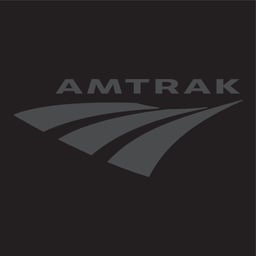Not so friendly reminder that musk specifically came up with, and pushed, for hyperloop knowing that it would never be made, as an effort to stop the development of highspeed rail in America and shift all political discussions of it because “something better is around the corner”:
As I’ve written in my book, Musk admitted to his biographer Ashlee Vance that Hyperloop was all about trying to get legislators to cancel plans for high-speed rail in California—even though he had no plans to build it. Several years ago, Musk said that public transit was “a pain in the ass” where you were surrounded by strangers, including possible serial killers, to justify his opposition.
Also: 2024 update, the total length of China’s high-speed rail tracks has now reached well over 45,000 km, or 28,000 miles, by the end of 2023.
They are additionally five years ahead of schedule and expect to double the total number within ten years. And, before someone inevitably complains about “how expensive it is”, they are turning over a net-profit of over $600M USD a year.


Unfortunately, that “real estate play” that you’re complaining about is the oldest and perhaps the only way to build a public transportation network that isn’t a net loss financially for the owner/operator. In many Asian nations with great public transportation systems, such as Singapore, the majority of housing is public and so the government is effectively using the same play. Part of the reason good systems are so difficult to get past the conceptual stages here in the US is that transportation and land use planning functions are separated administratively with responsibilities housed in totality different agecies at different levels of government, so the parties involved are forces to at best “coordinate” and at worst basically guess what the other will actually do or build, which makes it almost impossible to put together the kind of land use pattern that supports public transport with good ridership potential.
The problem with your premise is that it’s a private company who’s goal is profit structure not community support and is also being funded with public funds from the government to remain “Private”. Brightline from orlando to boca raton costs 100$ for the basic fare, or 309$ for the premium ride. That’s the same cost for a train between Paris and London. The same trip on bus is 30$ or 36$ taking amtrak (another train service that’s a public service). Can’t wait for the new pricing for the california-vegas run.
I’m not saying that a private approach to this is better–I specifically noted that governments could potentially do the same thing, but in the public interest, and I’d prefer that.